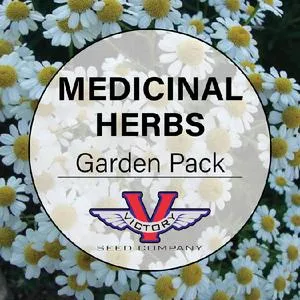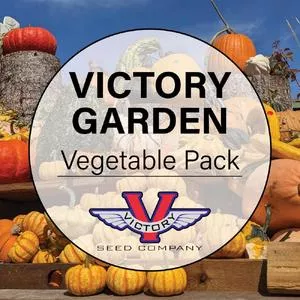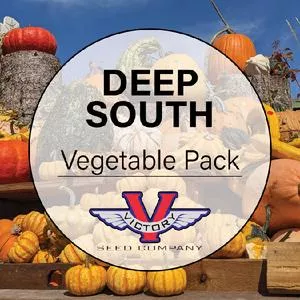Cascadia Vegetable Garden Pack
Price: $95.49
SKU: 30096071We have chosen our favorite and best-selling varieties for the beautiful Cascadia region (Oregon, Washington, and Vancouver BC) and made them available in this convenient collection.
Place a single order for this item and you will get one packet of each of the items shown below at an overall discount. If you prefer, you can order them individually one by one, by clicking on each item in the list.
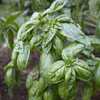 Basil, Italian Large Leaf (Sweet)
Basil, Italian Large Leaf (Sweet)
Sweet basil with large leaves, perfect for pesto and Italian dishes, thrives in full sun.
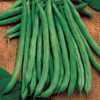 Blue Lake 274 Bush Green Garden Bean
Blue Lake 274 Bush Green Garden Bean
A canner's favorite green snap bean.
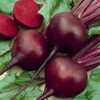 Detroit Dark Red Beet
Detroit Dark Red Beet
Renowned for its sweet, tender roots and versatile use.
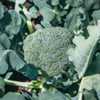 Di Ciccio Broccoli
Di Ciccio Broccoli
An old Italian heirloom broccoli. Compact plants.
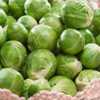 Catskill Brussels Sprouts
Catskill Brussels Sprouts
Large, dark-green and firm sprouts.
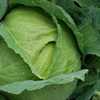 All Seasons Cabbage
All Seasons Cabbage
Heat resistant, fine-flavored and produces good, hard heads.
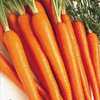 Henderson's Tendersweet Carrot
Henderson's Tendersweet Carrot
Distinct, dark-green foliage; 8-10 inches long, taper slightly from the shoulder to a blunt end.
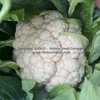 Early Snowball Cauliflower
Early Snowball Cauliflower
Early and uniform maturing, smooth, pure white heads weighing 3 to 5 pounds.
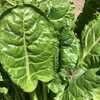 Perpetual Swiss Chard
Perpetual Swiss Chard
Very hardy being resistant to drought, bolting, and later in the season, to frost.
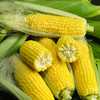 Golden Bantam Sweet Corn
Golden Bantam Sweet Corn
The most popular yellow sweet corn among home gardener's since the beginning of the twentieth century.
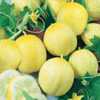 Lemon (Apple) Cucumber
Lemon (Apple) Cucumber
Flesh is crispy white, sweet, and burpless.
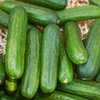 Muncher Cucumber
Muncher Cucumber
Smooth, tender, burpless fruit.
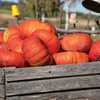 Cinderella Pumpkin
Cinderella Pumpkin
French heirloom that is very productive and beautiful.
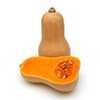 Waltham Butternut Winter Squash
Waltham Butternut Winter Squash
Light tan, 7-9 inches long with a thick neck.
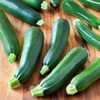 Black Beauty Zucchini Summer Squash
Black Beauty Zucchini Summer Squash
Fruit are harvested at 6 to 8 inches by two inches and dark green.
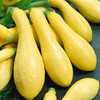 Early Prolific Straightneck Summer Squash
Early Prolific Straightneck Summer Squash
The fruits taper towards the stem end and are a nice lemon yellow color.
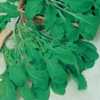 Arugula
Arugula
Spicy-flavored and versatile, this cool-weather green enhances salads, soups, and sauces.
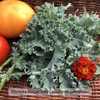 Dwarf Blue Curled Scotch Kale (Vates)
Dwarf Blue Curled Scotch Kale (Vates)
Leaves are finely curled, bluish green, low growing.
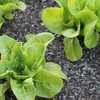 All The Year Round Butterhead Lettuce
All The Year Round Butterhead Lettuce
Medium sized heads stay firm and solid even in hot weather.
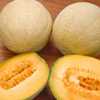 Honey Rock Melon
Honey Rock Melon
Sweet, flavorful melons with tough skin, vigorous plants, and fusarium wilt resistance.
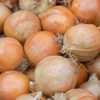 Yellow Sweet Spanish Onion
Yellow Sweet Spanish Onion
'Yellow Sweet Spanish' onions can grow extra large, are straw colored with white flesh that is mild and sweet flavored.
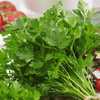 Italian Parsley
Italian Parsley
Deeply cut, dark green leaves with rich flavor, ideal for garnishes, soups, and herbal remedies.
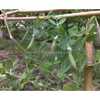 Sugar Ann Sugar Snap Pea
Sugar Ann Sugar Snap Pea
Crisp, flavorful, 3-inch snap peas. Great fresh, in stir fry or frozen.
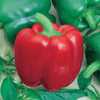 California Wonder (Bell) Pepper
California Wonder (Bell) Pepper
The flesh is thick, mild and sweet flavored.
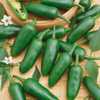 Jalapeno Hot Pepper
Jalapeno Hot Pepper
Dark green, tapered peppers. Good for pickling or fresh.
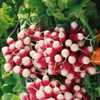 French Breakfast Radish
French Breakfast Radish
Scarlet with white tips and crisp, white flesh.
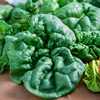 Bloomsdale Longstanding Spinach
Bloomsdale Longstanding Spinach
Early, dark green, crumpled leaves can be sown in spring or fall.
 Sunflower, Giant Greystripe
Sunflower, Giant Greystripe
Used as a snack, or add to bread, rolls, or as a topping to a green salad.
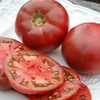 Cherokee Purple Tomato
Cherokee Purple Tomato
80 days, indeterminate, large dark pink-purple fruit with complex flavor, ideal for slicing.
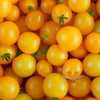 Dwarf Eagle Smiley Tomato
Dwarf Eagle Smiley Tomato
60 days, dwarf plants produce clusters of bright yellow, intensely sweet, one-ounce cherry tomatoes.
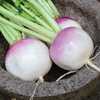 Purple Top White Globe Turnip
Purple Top White Globe Turnip
Round roots that are bright purple on the upper part and white below.
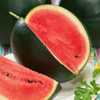 Sugar Baby Watermelon
Sugar Baby Watermelon
One of the sweetest and earliest icebox watermelons.
Place a single order for this item and you will get one packet of each of the items shown below at an overall discount. If you prefer, you can order them individually one by one, by clicking on each item in the list.
 Basil, Italian Large Leaf (Sweet)
Basil, Italian Large Leaf (Sweet)Sweet basil with large leaves, perfect for pesto and Italian dishes, thrives in full sun.
 Blue Lake 274 Bush Green Garden Bean
Blue Lake 274 Bush Green Garden BeanA canner's favorite green snap bean.
 Detroit Dark Red Beet
Detroit Dark Red BeetRenowned for its sweet, tender roots and versatile use.
 Di Ciccio Broccoli
Di Ciccio BroccoliAn old Italian heirloom broccoli. Compact plants.
 Catskill Brussels Sprouts
Catskill Brussels SproutsLarge, dark-green and firm sprouts.
 All Seasons Cabbage
All Seasons CabbageHeat resistant, fine-flavored and produces good, hard heads.
 Henderson's Tendersweet Carrot
Henderson's Tendersweet CarrotDistinct, dark-green foliage; 8-10 inches long, taper slightly from the shoulder to a blunt end.
 Early Snowball Cauliflower
Early Snowball CauliflowerEarly and uniform maturing, smooth, pure white heads weighing 3 to 5 pounds.
 Perpetual Swiss Chard
Perpetual Swiss ChardVery hardy being resistant to drought, bolting, and later in the season, to frost.
 Golden Bantam Sweet Corn
Golden Bantam Sweet CornThe most popular yellow sweet corn among home gardener's since the beginning of the twentieth century.
 Lemon (Apple) Cucumber
Lemon (Apple) CucumberFlesh is crispy white, sweet, and burpless.
 Muncher Cucumber
Muncher CucumberSmooth, tender, burpless fruit.
 Cinderella Pumpkin
Cinderella PumpkinFrench heirloom that is very productive and beautiful.
 Waltham Butternut Winter Squash
Waltham Butternut Winter SquashLight tan, 7-9 inches long with a thick neck.
 Black Beauty Zucchini Summer Squash
Black Beauty Zucchini Summer SquashFruit are harvested at 6 to 8 inches by two inches and dark green.
 Early Prolific Straightneck Summer Squash
Early Prolific Straightneck Summer SquashThe fruits taper towards the stem end and are a nice lemon yellow color.
 Arugula
ArugulaSpicy-flavored and versatile, this cool-weather green enhances salads, soups, and sauces.
 Dwarf Blue Curled Scotch Kale (Vates)
Dwarf Blue Curled Scotch Kale (Vates)Leaves are finely curled, bluish green, low growing.
 All The Year Round Butterhead Lettuce
All The Year Round Butterhead LettuceMedium sized heads stay firm and solid even in hot weather.
 Honey Rock Melon
Honey Rock MelonSweet, flavorful melons with tough skin, vigorous plants, and fusarium wilt resistance.
 Yellow Sweet Spanish Onion
Yellow Sweet Spanish Onion'Yellow Sweet Spanish' onions can grow extra large, are straw colored with white flesh that is mild and sweet flavored.
 Italian Parsley
Italian ParsleyDeeply cut, dark green leaves with rich flavor, ideal for garnishes, soups, and herbal remedies.
 Sugar Ann Sugar Snap Pea
Sugar Ann Sugar Snap PeaCrisp, flavorful, 3-inch snap peas. Great fresh, in stir fry or frozen.
 California Wonder (Bell) Pepper
California Wonder (Bell) PepperThe flesh is thick, mild and sweet flavored.
 Jalapeno Hot Pepper
Jalapeno Hot PepperDark green, tapered peppers. Good for pickling or fresh.
 French Breakfast Radish
French Breakfast RadishScarlet with white tips and crisp, white flesh.
 Bloomsdale Longstanding Spinach
Bloomsdale Longstanding SpinachEarly, dark green, crumpled leaves can be sown in spring or fall.
 Sunflower, Giant Greystripe
Sunflower, Giant GreystripeUsed as a snack, or add to bread, rolls, or as a topping to a green salad.
 Cherokee Purple Tomato
Cherokee Purple Tomato80 days, indeterminate, large dark pink-purple fruit with complex flavor, ideal for slicing.
 Dwarf Eagle Smiley Tomato
Dwarf Eagle Smiley Tomato60 days, dwarf plants produce clusters of bright yellow, intensely sweet, one-ounce cherry tomatoes.
 Purple Top White Globe Turnip
Purple Top White Globe TurnipRound roots that are bright purple on the upper part and white below.
 Sugar Baby Watermelon
Sugar Baby WatermelonOne of the sweetest and earliest icebox watermelons.
Customer Reviews:
Do you have experience with this one? 📝 📣 Write a review!
No reviews have been posted yet.

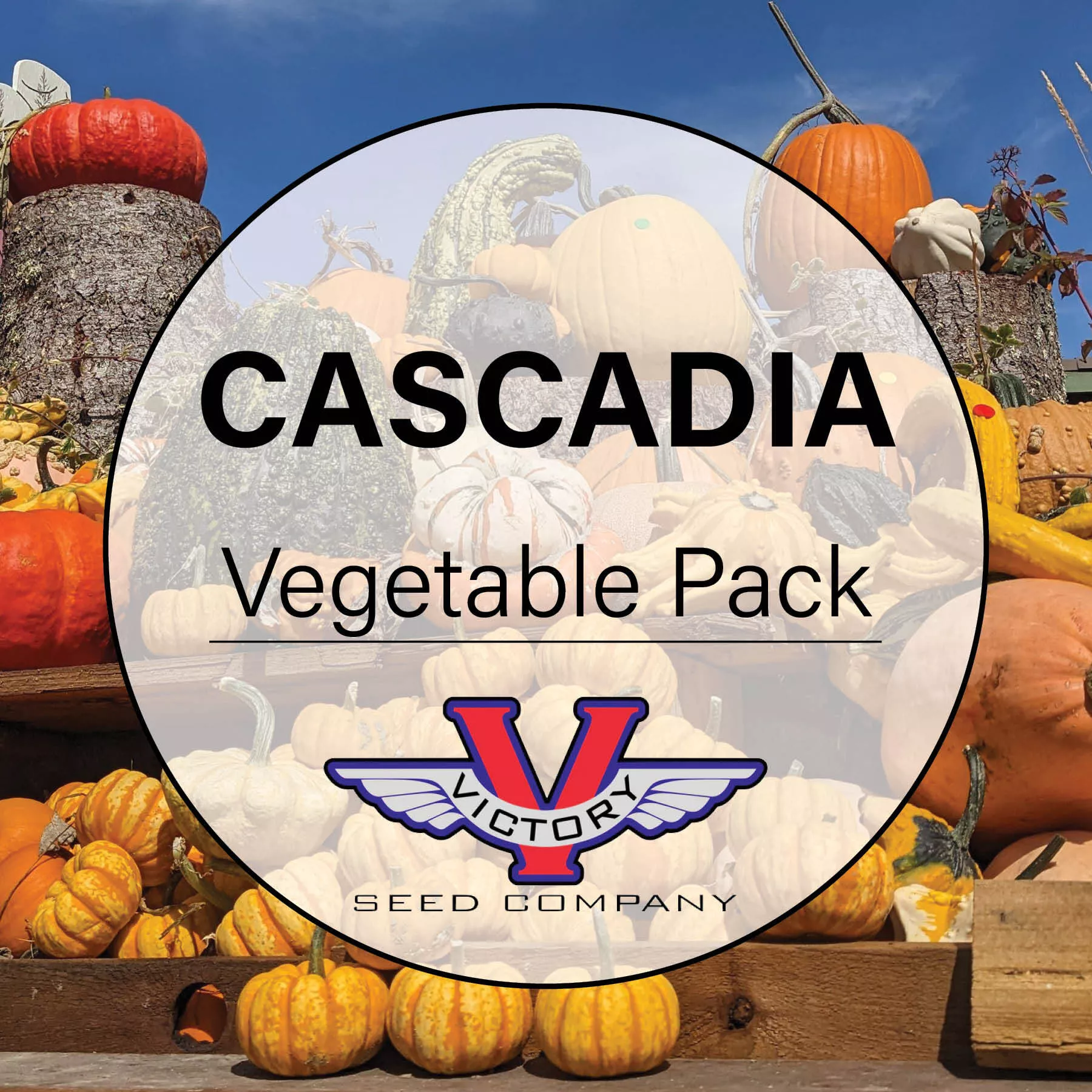
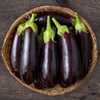 Diamond Eggplant (Removed)
Diamond Eggplant (Removed)